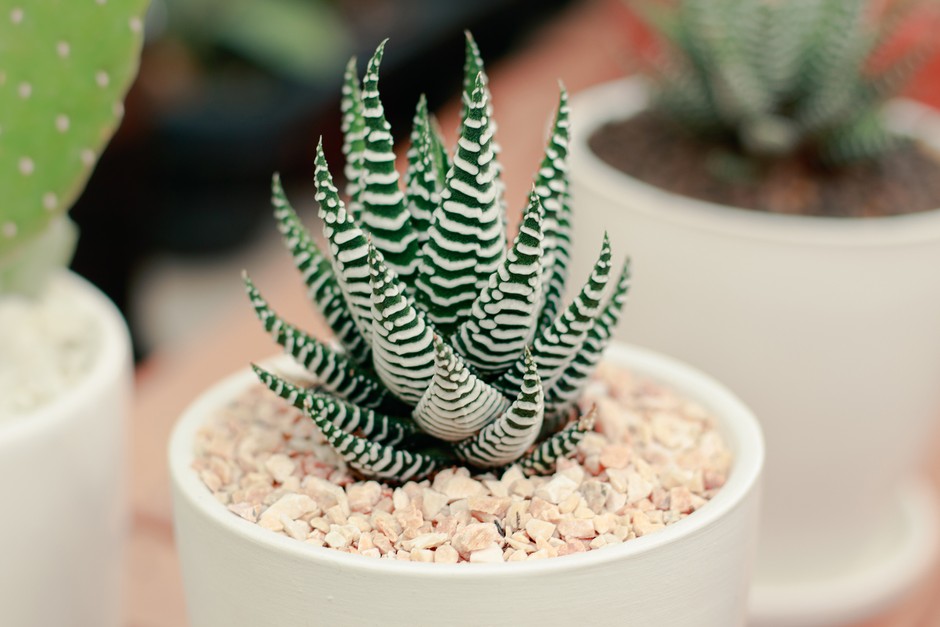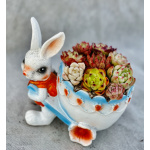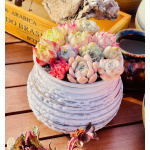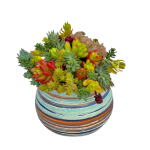Discovering the Beauty of Haworthia: An Introduction

Introduction to Haworthia:
Haworthia is a genus of small, perennial succulent plants native to Southern Africa. These charming plants are beloved by collectors and enthusiasts for their striking appearance, ease of care, and intriguing growth habits. With over 150 recognized species, as well as numerous hybrids and cultivars, Haworthias offer a diverse range of forms and colors to suit any taste or growing environment.
Distinctive Features and Adaptations:
One of the defining characteristics of Haworthias is their rosette-shaped leaves, which often form tight clusters or offsets, creating visually appealing arrangements. The leaves are typically thick and fleshy, with varying patterns of translucent windows or raised tubercles that add texture and interest. These adaptations help Haworthias to survive in their native habitats, where they endure intense sunlight, sparse rainfall, and nutrient-poor soils.
Habitats and Distribution:
Haworthias are primarily found in the arid and semi-arid regions of Southern Africa, particularly in South Africa and Namibia. They inhabit a variety of ecosystems, including rocky outcrops, dry grasslands, and sandy plains. Despite their preference for arid conditions, some species can also be found in more sheltered microhabitats, such as under bushes or in the shade of rocks.
Cultural Significance:
In addition to their horticultural appeal, Haworthias hold cultural significance in the regions where they are native. Some species have traditional medicinal uses, while others are valued for their ornamental beauty and symbolic meanings. In South Africa, for example, Haworthias are sometimes associated with good luck and protection, and they are often included in traditional gardens and landscapes.
Horticultural Appeal:
Haworthias have gained popularity among succulent enthusiasts worldwide for their unique appearance and low-maintenance requirements. They are well-suited to a variety of growing conditions, including indoor environments and containers. With their compact size and slow growth habit, Haworthias are ideal choices for windowsills, terrariums, and other small spaces. They also make excellent additions to rock gardens, succulent displays, and mixed plantings.
Conservation Status and Challenges:
While many Haworthia species are widespread and common in cultivation, some are facing threats in their natural habitats due to habitat loss, overcollection, and climate change. Conservation efforts are underway to protect endangered species and their fragile ecosystems through habitat preservation, propagation programs, and public education initiatives. Additionally, efforts to combat illegal collection and trade are helping to safeguard wild populations for future generations.
Conclusion:
Haworthias are captivating plants with a rich diversity of forms, adaptations, and cultural significance. Whether admired for their ornamental beauty, cultural symbolism, or ecological importance, these fascinating succulents continue to inspire and delight people around the world. By appreciating and conserving these remarkable plants, we can ensure their survival and enjoyment for generations to come.
- Hits: 41




